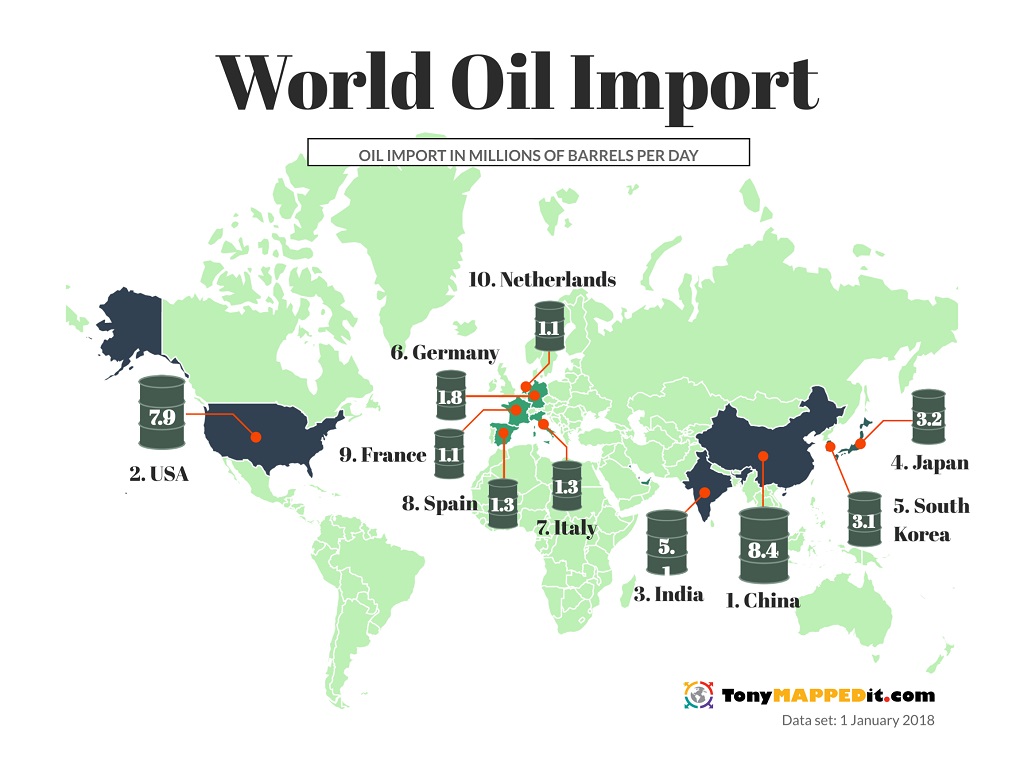

This would be done by granting permission to EU countries to block Russian companies from booking LNG import infrastructure 3Īs part of the revision of the EU Gas Regulation, ongoing at time of writing see. Source: Bruegel based on Eurostat, Bruegel Natural Gas Import Tracker, Eurostat Comext.Īccordingly, in March 2023, the European Union said it had started to develop a mechanism to allow member states to block Russian LNG imports 2Įwa Krukowska and John Ainger, ‘EU Aims to Give Members Option to Block Russian LNG Imports’, Bloomberg, 28 March 2023. Russia cut exports certain EU countries refused to pay in rubles Nord Stream I pipeline blown up Table 1: EU imports of Russian energy (GWh) Unless there is decisive change from the current situation, the EU could pay up to another €9 billion to Russia in the second year of the war (Demertzis and McWilliams, 2023). In the year after Russia’s invasion of Ukraine, LNG exports to the EU were valued at €12 billion. Liquefied natural gas is natural gas that has been cooled down to liquid form, for transport in dedicated ships. Throughout 2022, Russia cut natural gas pipeline exports to the EU steadily, but did not reduce exports of LNG 1 Discussions are ongoing about adding Russian LNG to the list of products banned from import to the EU (Table 1). However, the EU’s liquefied natural gas imports from Russia have remained remarkably stable. Swift progress has been made, aided by Russia’s own decision to decrease natural gas pipeline exports to the EU. The European Union has a target of eliminating all Russian fossil-fuel imports by 2027. This could be accompanied by the implementation of a price cap on Russian LNG cargos that use EU or G7 trans-shipment, insurance or shipping services. The embargo may be designed to allow purchases only if they are coordinated via the EU’s Energy Platform, with limited volumes and below market prices. We argue instead for an EU embargo on Russian LNG, to reduce exposure to an unreliable and adversarial entity, and to limit the extent to which EU consumers fund the Russian state. Wait-and-see implies delaying any action until 2027, while soft sanctions would discourage additional purchases but not break long-term contracts. We discuss the options available to the EU. Meanwhile, the global LNG market is tight, and we anticipate that Russia would find new buyers for cargos that no longer enter Europe. The regional impact would be most significant for the Iberian Peninsula, which has the highest share of Russian LNG in total gas supply.

Anticipated impacts are not comparable to those felt in 2022 as Russian pipeline gas dried up.


Our analysis shows that the EU can manage without Russian LNG. The EU needs a coherent strategy for these LNG imports. However, Russia’s exports of liquified natural gas (LNG) to the EU have increased since the invasion of Ukraine. Nevertheless, pipeline gas imports have fallen by four-fifths following Russia’s weaponisation of gas supplies. The glaring exception is natural gas, on which the EU has so far refrained from imposing limitations, owing to greater dependence on Russia. P rogress has been made, with sanctions on oil and coal already introduced. The European Union has committed to eliminate all Russian fossil - fuel imports by 2027.


 0 kommentar(er)
0 kommentar(er)
